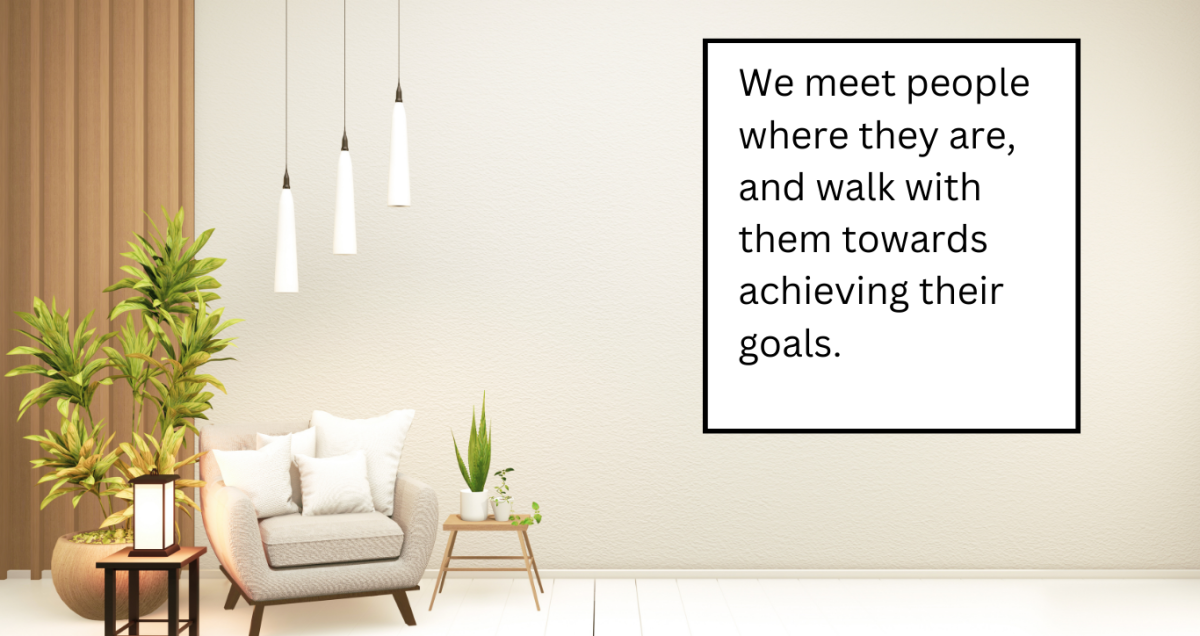Child abuse is the mistreatment of a child or young person under the age of what is considered to be an adult. In a number of countries a person might be considered a minor if they are under the age of 18.
Hi, my name is Allick, and I’m The Behaviourist Guy, and today I want to talk about physical child abuse.
Physical child abuse seems to be all over the news these days.
I want you to imagine this story, and I am telling you this because when you hear of it you can make your own judgment.
So it goes like this, a boy’s father looks through the window and see his son forcing the face of his pet dog into a puddle of water to drink. His son is about eight years old, the dog is a puppy just a couple months older. In the child’s mind, this seems to be no malice. He simply wants his dog to drink the water, because he thinks it is thirsty.
His father runs out of the house after witnessing what was happening outside.
Pulls the puppy away from his sons hand and drags the boy by his shirt collar. He shakes him a couple times. Then ask, “What is wrong with you, are you stupid?”
The boy dropped his chin. The father, not getting an answer pulls his son back to the area where the puddle of water was and pushes his son’s head into the water, as he screams at him, “Why don’t you drink, you want to drink now, don’t you?”
Do you think the father was being physically abusive to the child?
Now, some persons may say, the father is simply punishing his son for doing a bad deed. They may even see it as a form of discipline.
So while physical abuse may be seen as hitting, punching, kicking, shaking, not all people will agree with these being physical abuse. A matter of fact, some people accept some of these as normal or acceptable part of child rearing.
“Surveys of parents for example, show that 90% use physical punishment on their children,” states the book Family Violence Across the Lifespan.
Murray Straus, he died in 2016, was a professor of sociology and he said: “Spanking is harmful for two reasons. First, it legitimizes violence… Condoning the use of violence as a way to deal with frustration and settle disputes. Second, the implicit message of acceptance contributes to violence in other aspects of society.” He called this a “cultural spillover”.
Research supports this perspective that spanking is positively correlated to “forms of family violence, including sibling abuse and spouse assault”.
While official estimates indicate that child physical abuse is increasing, in a number of countries, there is a lack of definitional consensus.
Characteristics Of Victims
Age: research findings suggest that a little over 50% of all physical child abuse takes place when the child is between 0 to 5 years old.
Gender: research findings are mixed with some showing a 50% for both males and 50% for females.
Consequences Of Physical Child Abuse
Children who experience physical child abuse often present with medical complications such as injuries to the hand and legs, even head and abdomen.
And then there is a number of behavioral problems such as aggression, fighting at schools and on the streets. These behavioral problems might even manifest themselves in noncompliance to authority, oppositional defiance or conduct disorder and in some cases may lead to antisocial personality disorder.
And there might be a number of cognitive difficulties as well, where, because of feeling of inadequacy, the child may not be motivated to engage school task. As such, areas such as mathematics and language skills might be deficit.
What You Can Do.
Many times a child may come to you and disclose that they are physically abused, other times it will be evident by means of their behaviors. Once they come to you it is important that you believe the child. This is not a time to second-guess whether or not the child was actually physically abused. But in believing the child, you place yourself in a better position to now listen to what the child has to say to you. And that places you in a better position to offer help.
Another thing you want to do is to be as calm as possible. Sometimes a child may role play or draw a picture depicting the physical violence or physical abuse and it may be upsetting, but try to be as calm as possible. The reason is, if you display shock, panic or disbelief, the child may close in and not continue telling you what happened.
Also, do not be afraid to report all cases of physical child abuse as the relevant authority will determine whether or not the child was actually abused. In a number of situations, reporting physical child abuse to the police, health centers and hospitals, may not even require you leaving your name or a telephone contact.
So let’s protect our children
https://www.youtube.com/channel/UCO3zxJipjE0nFe5Bq_ITWVg/videos
